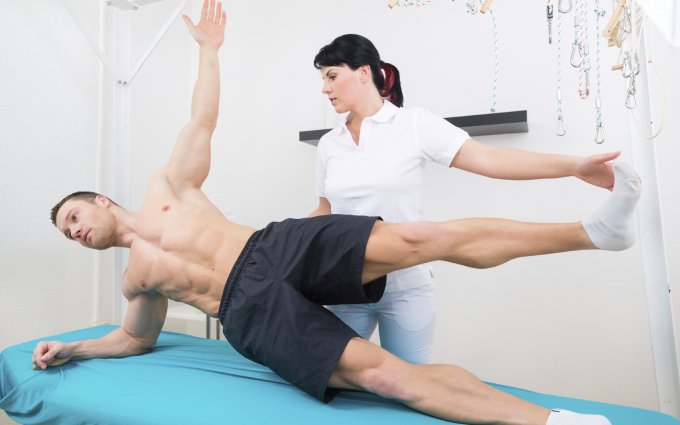03/08/2016

The concept of functional restoration is not new, but there is a renewed interest due to more cases of injured workers with chronic pain achieving less than optimal recovery. Functional restoration is the process by which an individual acquires the skills, knowledge and behavior necessary to assume primary responsibility for his or her own well-being after an injury. Aligning a multidisciplinary functional restoration program with an injured worker’s specific needs is the key to long-term health.
On March 22, Paradigm Outcomes hosted a webinar on optimizing functional restoration programs for chronic pain. Replay the webinar with full audio and visual, any time online. You can also download the presentation materials and view other events on our website.
Six Steps for Successful Functional Restoration
A high-quality functional restoration program involves interdisciplinary and measurable goals, care coordination and communication between all parties. Here are six recommendations for developing an effective program:
The results of a comprehensive, multidisciplinary functional restoration program can benefit both the injured worker and the carrier. Active care management throughout the course of the claim will help the injured worker make the possible recovery.
For more information on functional restoration, be sure to listen to our recent webinar, or request our whitepaper discussing functional restoration in more detail.